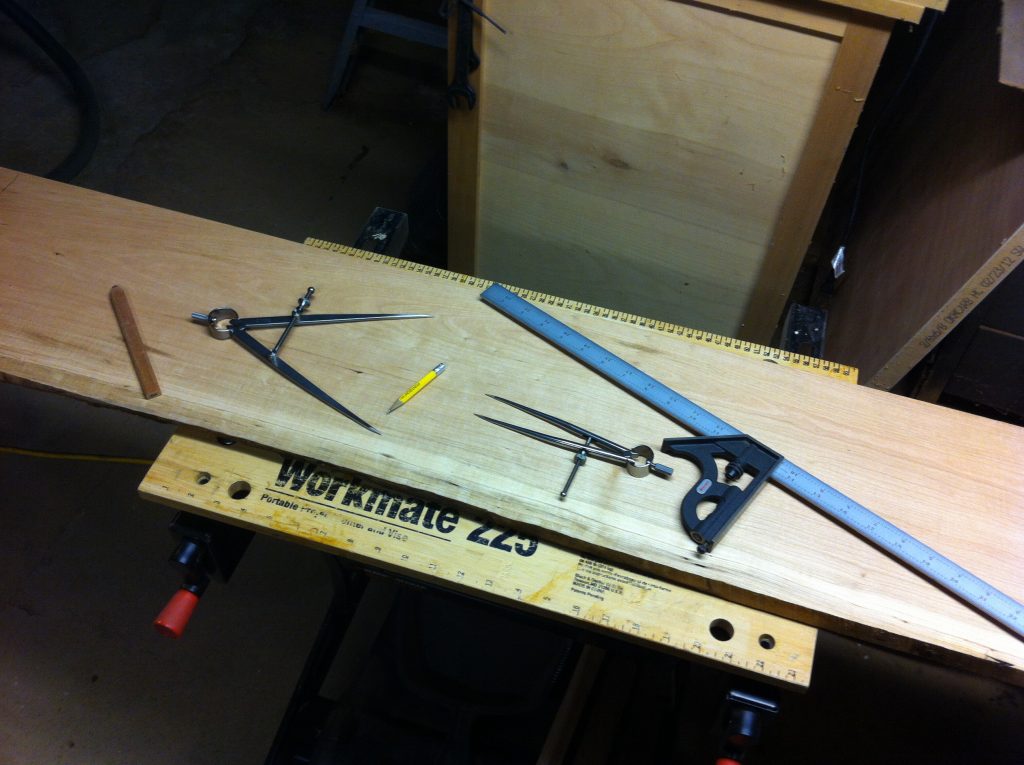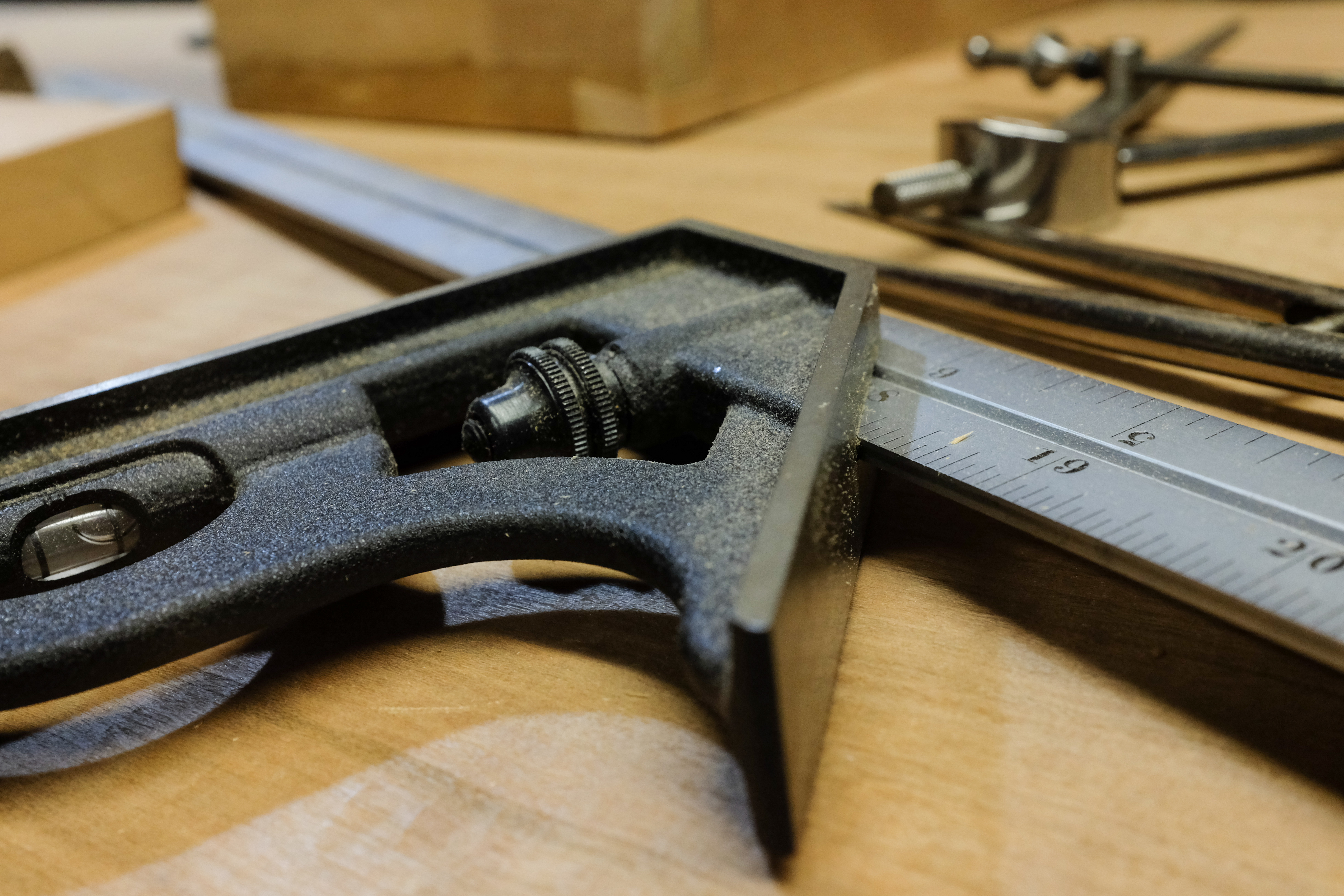
The Value of Good Layout Tools
I started making things out of wood around the time I moved into my first place, a house I was renting on the back side of Pittsburgh’s Mount Washington neighborhood. My parents gave me a table saw as a gift. I used it to build a workbench in the basement of that house, and started to build things and learn how to work with wood on my own. I started off with not much of any woodworking tools of my own, save some things I was able to borrow from my Dad’s workshop at home.
I had to buy most of my tools new, and was doing my research as best as I could at the time. The Internet as we know it now, though, wasn’t quite there yet in the early 2000’s. The proliferation of online communities dedicated to crafts and trades was just starting. Most of the research I could do involved me visiting the tool sections of local stores and seeing what they had available, and watching the woodworking shows on TV networks like PBS, HGTV, and DIY Network.
Suffice it to say that I didn’t know a good chisel from a bad one (or even how to sharpen them correctly). I also didn’t know a good layout tool from a bad one. Or, I suppose more appropriately, I didn’t know a fine and accurate layout tool from a rough layout tool. I started with a tape measure. I added a speed square at some point. I soon realized that these were not adequate for working at smaller scales, so I went out and bought myself a combination square. I was familiar with these from seeing them and figuring out how they worked in the shop in my parents’ basement. I can’t remember the brand name of the one I bought, but it was on a hardware store rack. It was a huge upgrade for me in terms of accuracy, and now I felt like I was able to get results that were repeatable, to some degree of accuracy.
As I continued to grow my skills, I also learned more about the tools I had and tools that were available. Soon, I was upgrading tools when I could afford it and justify it. Though I added more (and better) power tools, I didn’t really spend a lot of time thinking about the layout tools I had. With the better power tooling, though, came a need for more accurate layout tools. Now I was planing my own stock from rough lumber, but I lacked an accurate way to determine thickness. I was using a smoother belt-drive table saw instead of the direct-drive one, but my layout tools weren’t keeping up.
I was learning about good layout and measuring tools from my work in the robotics field. I had access to people who knew how to machine metal parts to tolerances I couldn’t fathom, and they taught me a lot. I quickly realized the inadequacy of the layout tools I had, and I saw where they were holding me back.
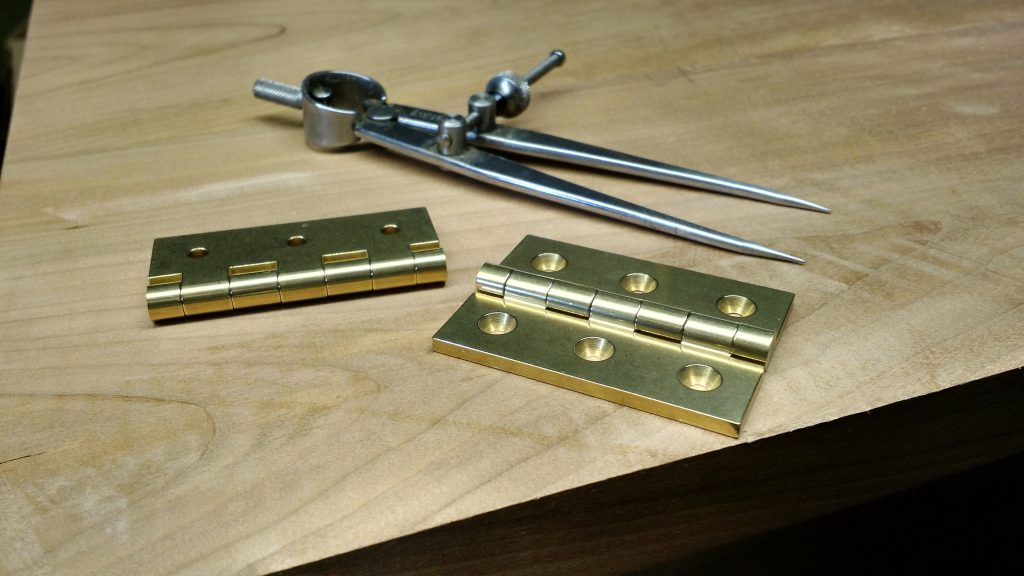
Soon, I was diving into learning about the merits of layout tools. I was learning from machinists in person, and reading woodworking authors who talked a lot about how important accurate and repeatable layout skills were. I was learning how to correctly use dividers, calipers, micrometers, feeler gauges, accurate rulers, and more. It was like a whole new world. Along the way, I was also learning what made a good layout tool, and learning about what I needed to look for when looking to buy my own.
My first couple of purchases were a 5-inch standard rule, and a 12-inch combination square, both Starrett brand. I soon added a 4-inch combination square, which fit in the pocket of my shop apron and quickly became one of the first layout tools I grab when I’m working.
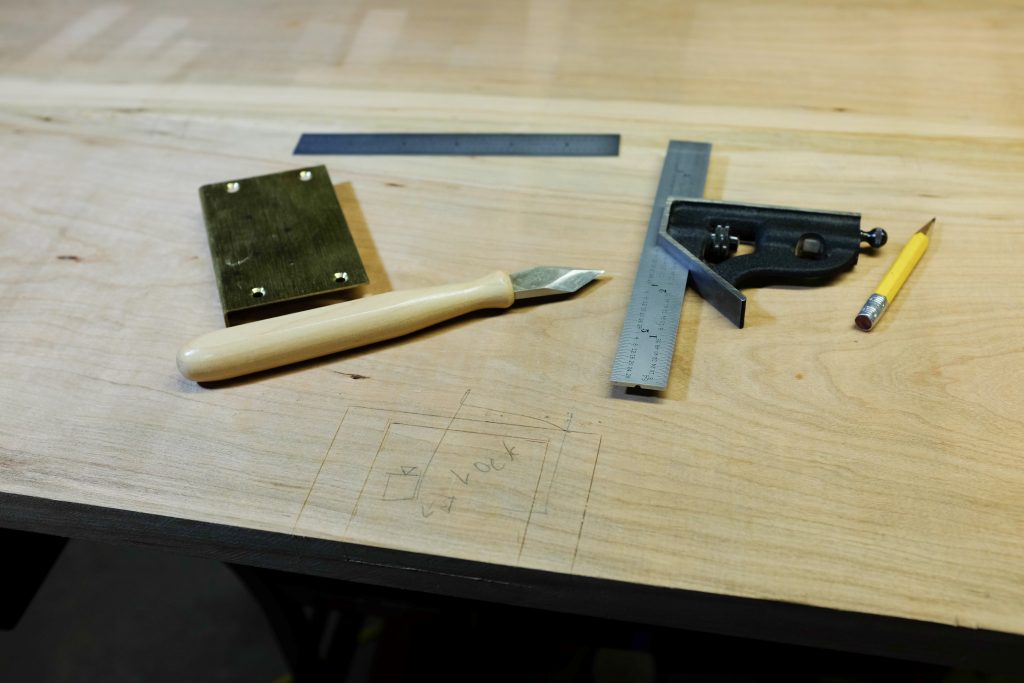
As I encountered the need on other projects (and had the budget available), I started to add dividers in different sizes, measuring calipers, inside and outside calipers, and a 24-inch rule that could be used with the combination square or on its own. I had purchased a wooden folding rule a while back, and several years ago added one that has the sliding rule component for measuring inside dimensions. I also found myself with a marking knife (far more accurate than a pencil line), roller offset marking gauges, and pin marking gauges.
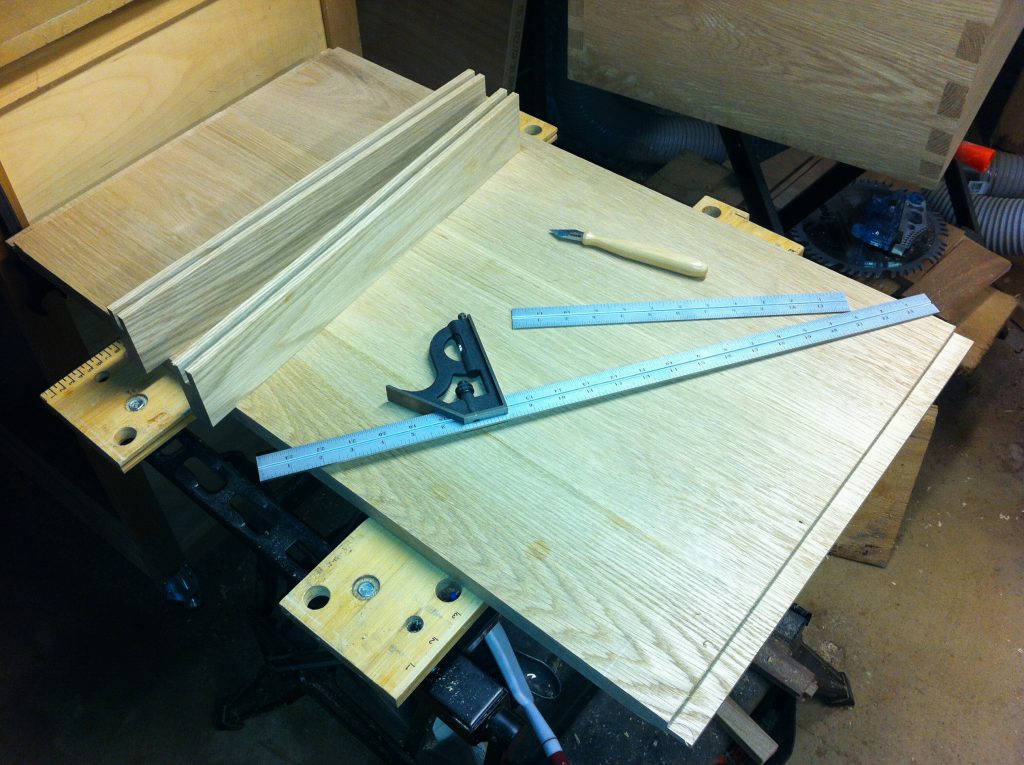
I now have a nice collection of good, accurate, well-made layout tools. Their designs have been informed by generations of craftspeople using them daily on projects large and small. It truly is a pleasure to reach for a good layout tool and know that it will do its job today, and will remain capable of doing that same job for a long, long time to come. It provides a bit of satisfaction to spend some time maintaining them, too, making sure they are wiped-down and clean when I’m done using them so that they don’t rust or seize-up. And, hopefully, someday I can give these tools to someone else who will continue to maintain them and use them to make all kinds of interesting things.
